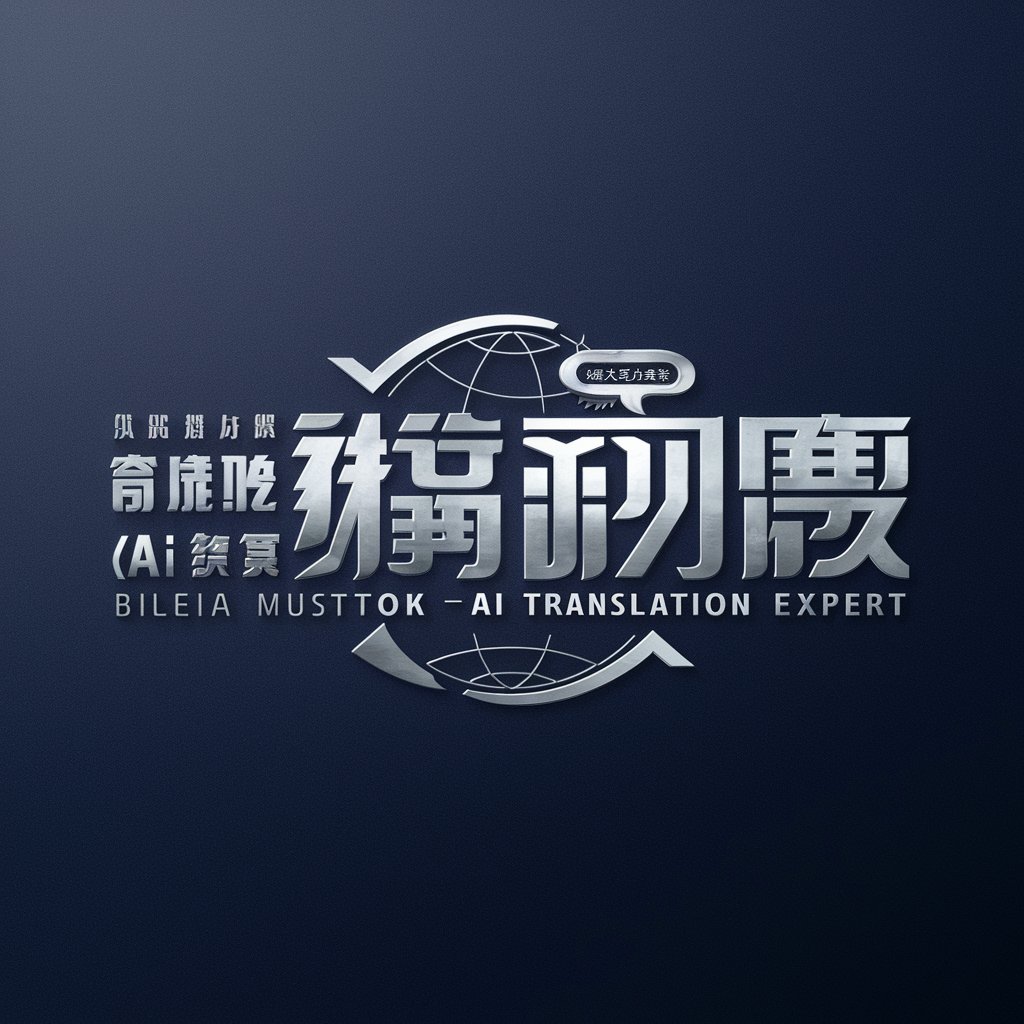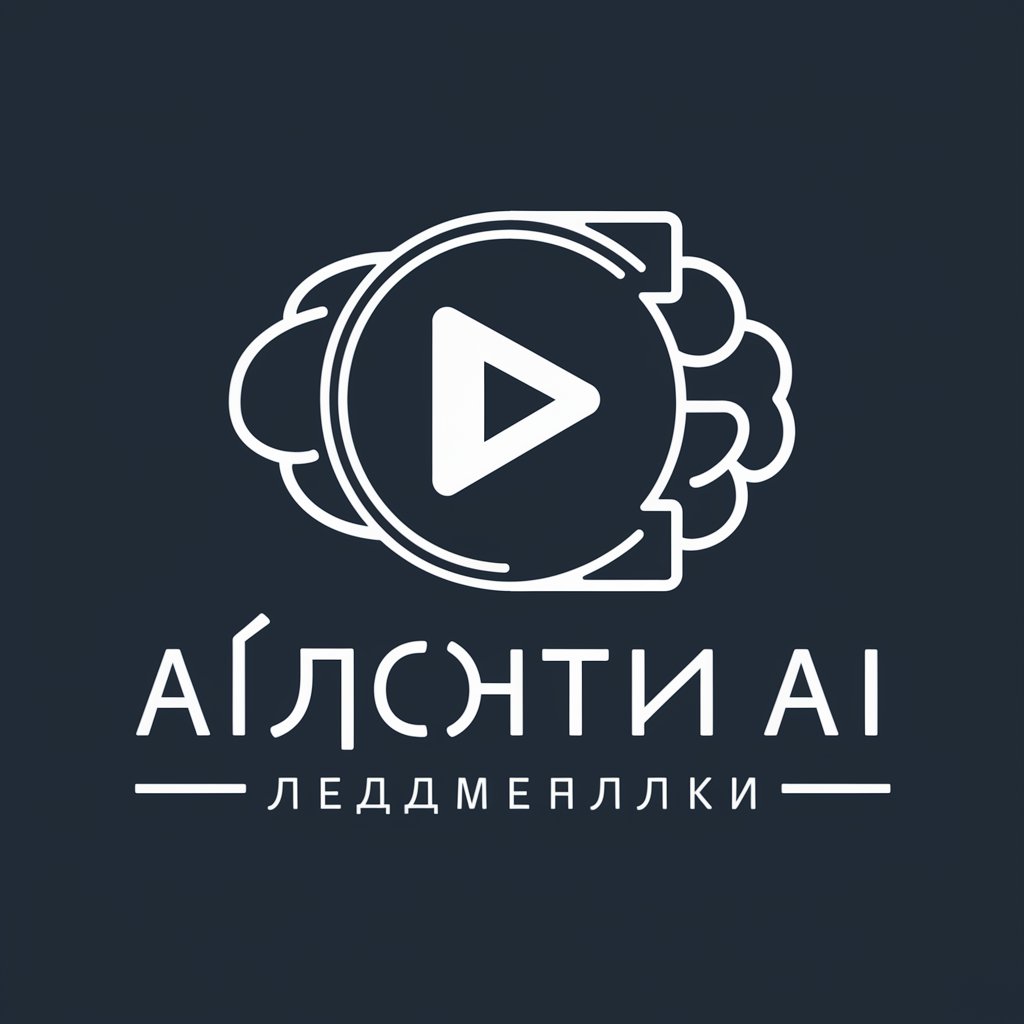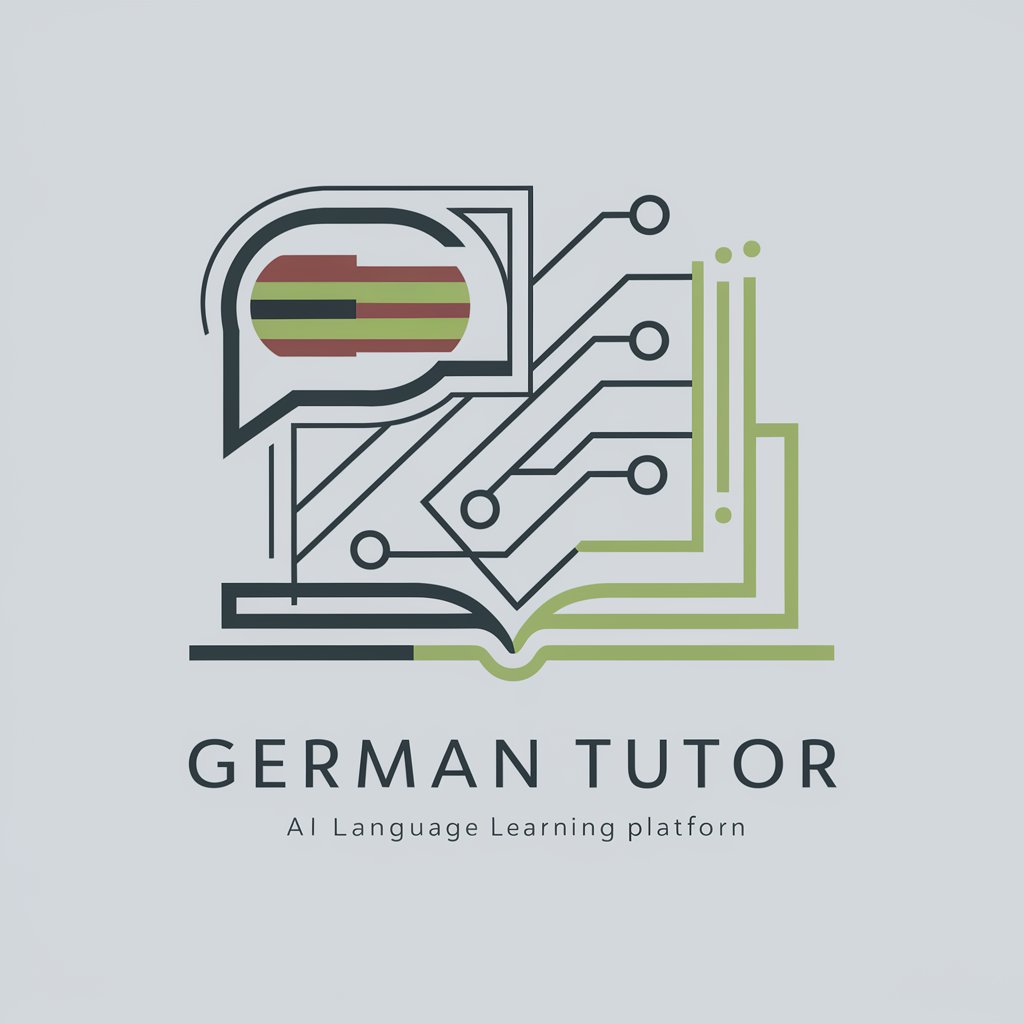计算机视觉工程师 - Expert Computer Vision AI

Welcome! Let's dive into advanced computer vision and PyQt development.
Empowering Vision with AI
Create a robust image processing algorithm that can...
Develop a PyQt application that integrates...
Optimize an object detection model to...
Implement a semantic segmentation solution for...
Get Embed Code
Overview of 计算机视觉工程师
计算机视觉工程师 (Computer Vision Engineer) is designed as a specialized tool to assist in complex tasks related to computer vision and software development using PyQt. With decades of programming experience, this role encompasses expertise in modern object detection algorithms, image processing techniques, semantic segmentation, and change detection in images. It serves to provide advanced tips, best practices, and troubleshooting guidance, all backed by the latest developments in these areas. A typical scenario might involve developing a PyQt application integrated with real-time image processing capabilities to identify and classify objects in video streams. Powered by ChatGPT-4o。

Main Functions of 计算机视觉工程师
PyQt Application Development
Example
Designing a user interface for an image annotation tool that allows users to label images for machine learning training.
Scenario
A software company develops a desktop application that streamlines the process of annotating images by integrating powerful PyQt-based interfaces with backend image processing services.
Object Detection
Example
Implementing and tuning a YOLO (You Only Look Once) model for detecting objects in urban traffic scenes.
Scenario
A city's traffic management system uses this capability to analyze CCTV footage in real-time to detect vehicles, pedestrians, and other elements, improving traffic flow and safety.
Semantic Segmentation
Example
Utilizing DeepLabv3+ for segmenting medical imaging data to assist in diagnosing diseases.
Scenario
Healthcare software integrates this function to automatically segment and classify different tissue types in MRI scans, aiding doctors in faster diagnosis and treatment planning.
Change Detection in Images
Example
Applying change detection algorithms to satellite images to monitor environmental changes over time.
Scenario
Environmental agencies employ this functionality to observe deforestation, urban expansion, and other changes in the earth's surface, aiding in conservation efforts.
Ideal Users of 计算机视觉工程师 Services
Software Developers and Engineers
This group benefits from the ability to rapidly prototype and deploy computer vision applications with integrated UI elements, maximizing efficiency in development cycles.
Academic Researchers and Students
They leverage advanced computer vision functionalities for experiments and projects, particularly in fields such as robotics, medical imaging, and environmental studies.
Tech Startups
Startups can utilize these services to build innovative products that require cutting-edge image analysis and real-time object detection capabilities without deep investment in initial technology development.

How to Use Computer Vision Engineer GPT
Start your trial
Visit yeschat.ai for a free trial without login, also no need for ChatGPT Plus.
Define your problem
Identify and clearly define the computer vision challenge or problem you are seeking to address.
Interact with the GPT
Use the interactive interface to ask specific questions or describe the project you're working on related to PyQt, image processing, or machine learning.
Implement suggestions
Apply the technical advice and code suggestions provided by the GPT to your project.
Iterate and refine
Iteratively refine your queries based on the feedback and results from your implementations to optimize outcomes.
Try other advanced and practical GPTs
智在必得 - 中英文翻译官AI专家
Your AI-powered language bridge.

German Tax Expert (德国税务专家)
AI-powered German Tax Law Expertise

Flutter开发
AI-powered assistance for Flutter projects

文献总结小助手
Streamlining Academic Research with AI

Solidworks Tutor
AI-powered guidance for mastering SolidWorks

Blog SEO (Español)
AI-powered tool for SEO-friendly blogging

PDF 요약 전문가
Transform PDFs into concise insights with AI.

유튜브 요약 ai 도우미
AI-powered summaries of YouTube content.

German Teacher
AI-powered German Conversation Partner

German Tutor (Learn German)
Master German with AI-powered guidance

ゴリラ作成
Empower Creativity with AI

유튜브 대본 작성 전문가 (숏츠, 롱폼)
AI-Powered YouTube Script Mastery

Frequently Asked Questions about Computer Vision Engineer GPT
What programming environments does the Computer Vision Engineer GPT specialize in?
It specializes in PyQt for GUI applications, and it also provides expertise in Python-based image processing and machine learning environments.
Can it help with both academic and commercial projects?
Yes, this GPT offers insights suitable for academic research, such as algorithm development and testing, as well as commercial software development and deployment.
Does it provide real-time debugging help?
While not in real-time, it offers detailed debugging guidance and problem-solving strategies for common and complex issues in software development and computer vision.
How can it assist in optimizing machine learning models?
The GPT provides advice on model architecture, training optimization techniques, and data augmentation strategies to improve the accuracy and efficiency of machine learning models.
What are the limitations of this GPT?
The primary limitation is its dependence on the user’s input clarity and specificity. It is also limited to the algorithms and methods trained on, up to the latest developments prior to its last update.
